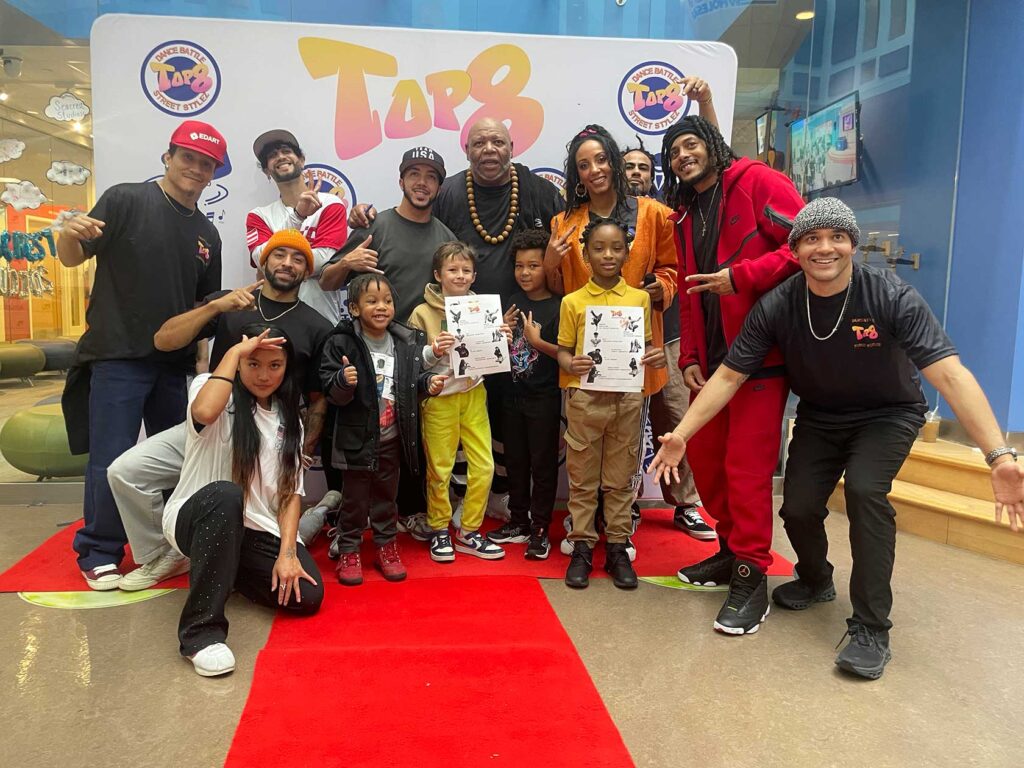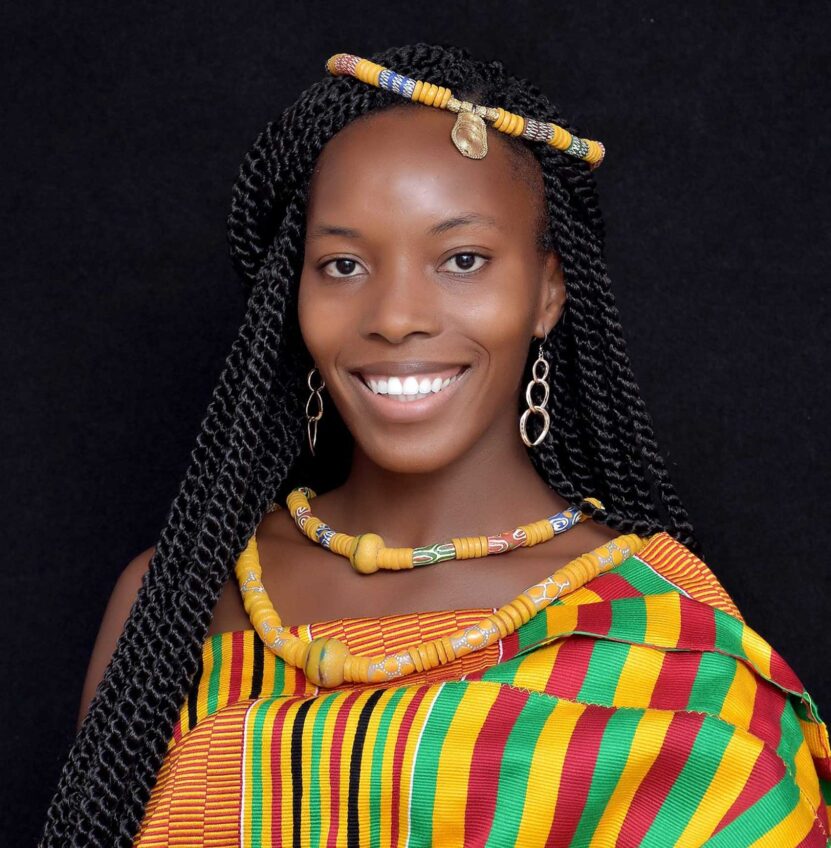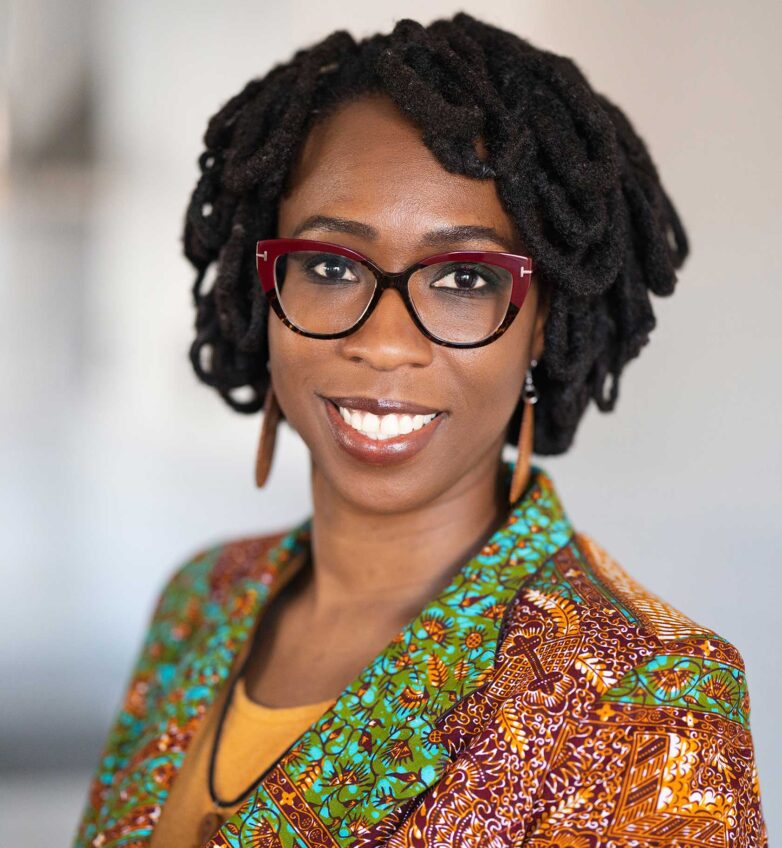
For children facing challenges with chronic health issues, being in the hospital for days to weeks can often be an isolating and arduous experience. However, one nonprofit organization, the Top 8 Foundation, tries to bring healing, unity and positivity to these children through the power of hip-hop.
The organization teamed up with U.S. Olympic breakdancers and various hip-hop artists to create a public health service initiative bringing the hip-hop scene into children’s hospitals as well as other communities in need. They entertain and engage these young patients along with their families, teaching them about the many different facets of hip-hop culture.
“We bring and show the elements of hip-hop from DJing, rapping, graffiti art and breakdancing,” said Natalie Miccile, the founder of the Top 8 Foundation. “We invite the families and kids to dive in and do workshops with us interacting with all those aspects. They can get on the microphone to learn how to beatbox, dance with our athletes and learn some graffiti art.”
Hip-hop is often misunderstood as mainly being rap music. But the beginnings of hip-hop started as a broader cultural movement that had all these elements. It began during the post-Civil Rights era, in the midst of widespread economic and political inequality among Blacks.
DJ Kool Herc is largely credited with starting hip-hop in 1973 at a party in the Bronx, New York, after introducing the breakbeat DJing style. As hip-hop spread, it became a form of expression about the social, economic and political conditions that Black Americans and other marginalized communities often experienced during that period.
“In America, the dance form and the art is pushed to the side, the only thing that gets real shine is the DJing and the MCing,” said Alfonzo “Megatron” Hunt, a member of Top 8 and co-founder the Floor Lords and starter of Slaughter House Kingz. “We have to make sure that everything gets the same shine and is treated equally. That’s a really tough thing to get because how can you market a dancer? How can you market someone’s graffiti art?”
From the activities to their shows, the Top 8 Foundation has used Seacrest Studios in the hospitals they visit to stream their performances for children in the hospital who are unable to leave their beds. Miccile said that being able to broadcast the hip-hop events they host was a great opportunity to create better health equity where others could join in.
Since the 50th anniversary of hip-hop in 2023, Miccile explained how the genre is an on-going celebration of Black history and Black culture and its spread helps preserve and strengthen its roots. “We continue to celebrate, honor, and teach about it and as it grows, we must show how to respect it, so it can stay alive and flourish,” she said.
The popularity of hip-hop has gone global since its Bronx start. In 2021, breakdancing was added as an Olympic sport after its first appearance in the 2018 Buenos Aires Youth Olympics was a remarkable success. Its first official Olympic debut wasn’t until the 2024 Paris Games, less than a year after the 50th anniversary of hip-hop.
Miccile explained how hip-hop was hard to find when it was an underground scene. But since the introduction of hip-hop in the Olympics, she wants to promote it even more. “I want to make sure that everybody has access to the right places so that they can do it safely, affordably and really be with the people that exemplify it at its highest form like the Olympic athletes.”
For Megatron, hip-hop was more than just expression through art, music and dancing. It was also a way to bring people together.
“Hip-hop has no boundaries, hip-hop has no color,” he said. “Whether you’re Black, white or brown, whatever nationality you are, hip-hop is always going to bring people together in a happy, energetic fashion. It brings people together because that’s what it was designed to do.”
He described how hip-hop, coming out of the streets of Bronx becoming a worldwide phenomenon, has become a strong global force against negativity. “That’s what it still does to this day. But sometimes the negativity gets put back in by powers out of our control.”
To the children in the hospital, Miccile and her team have brought in a creative avenue to explore, one that helped those express themselves outside of their beds.
“Hip-hop saves lives, it allows you to express yourself,” Miccile said. “When you’re going through the worst times, the hardest times, it allows you to be resilient, to tap into your own creativity to express yourself through words, art, music, movement or voice.”






